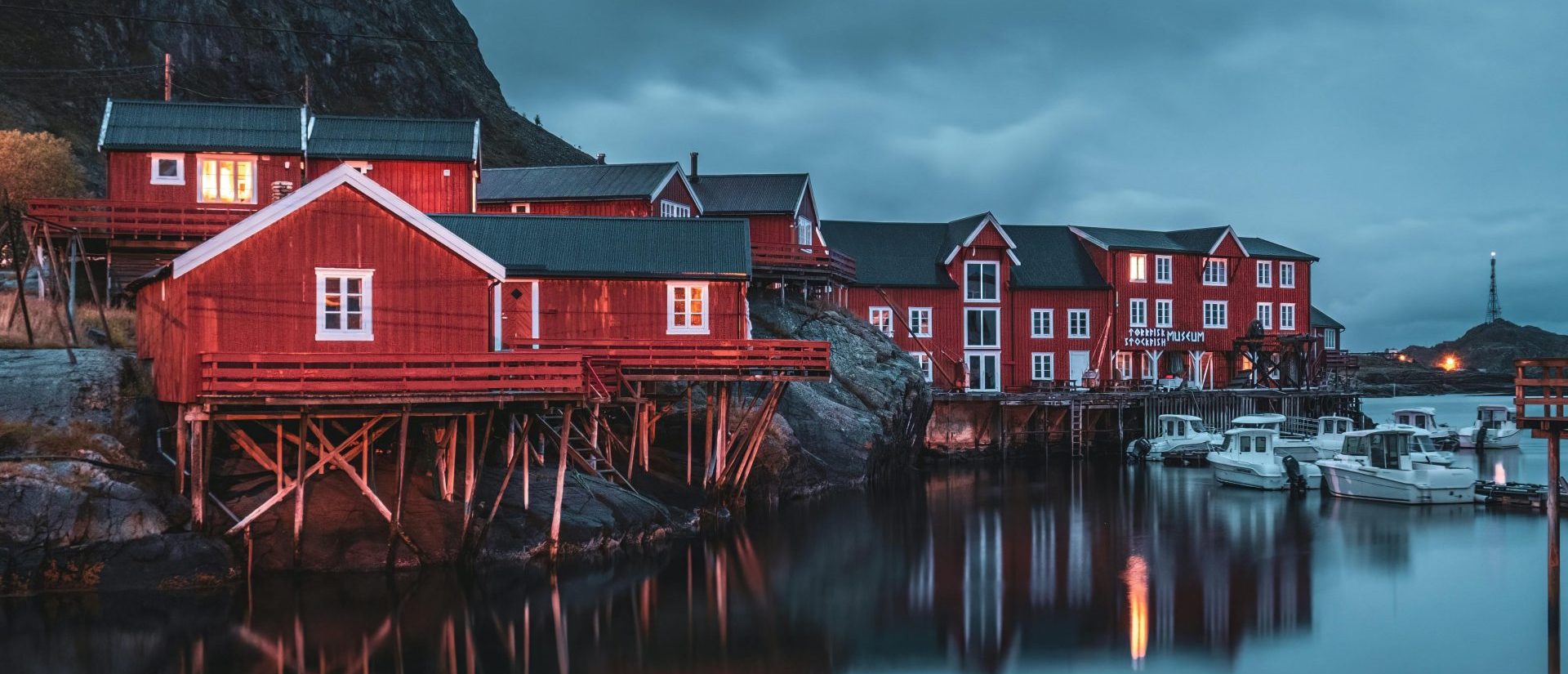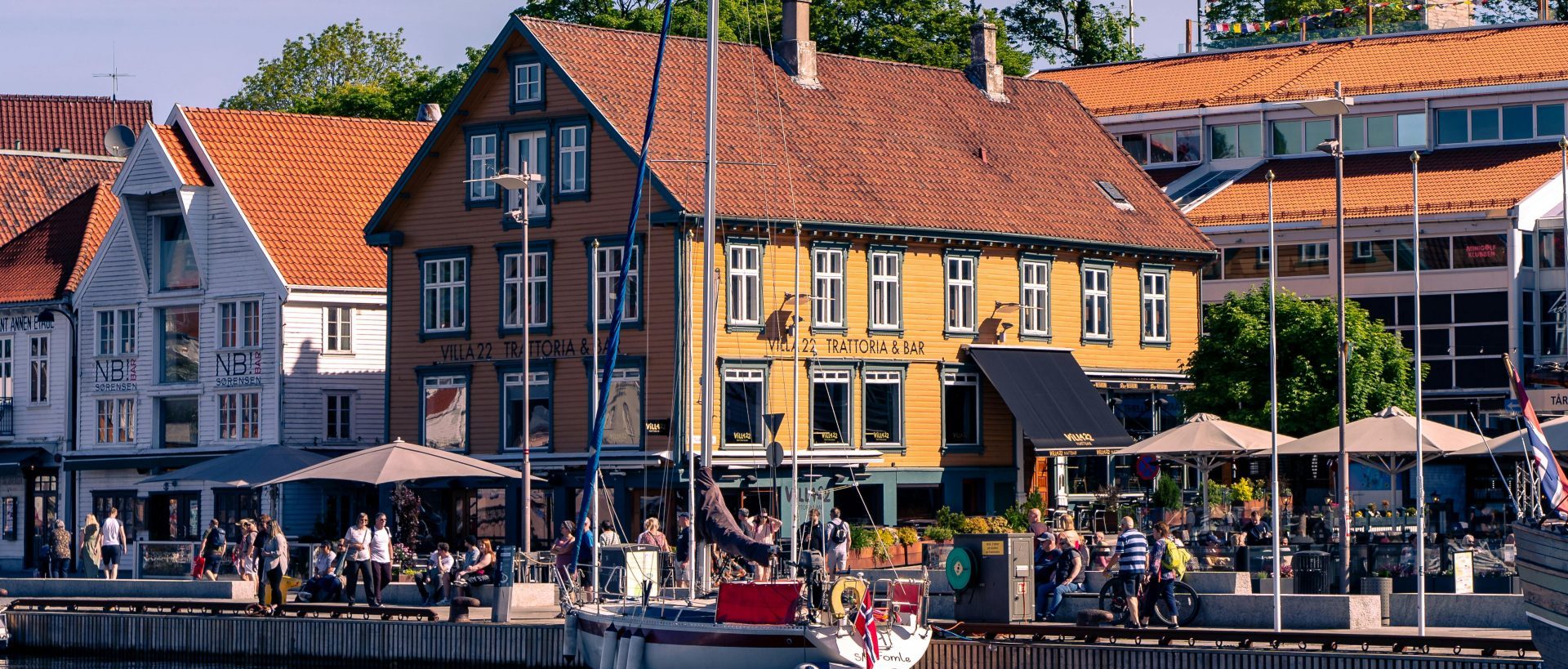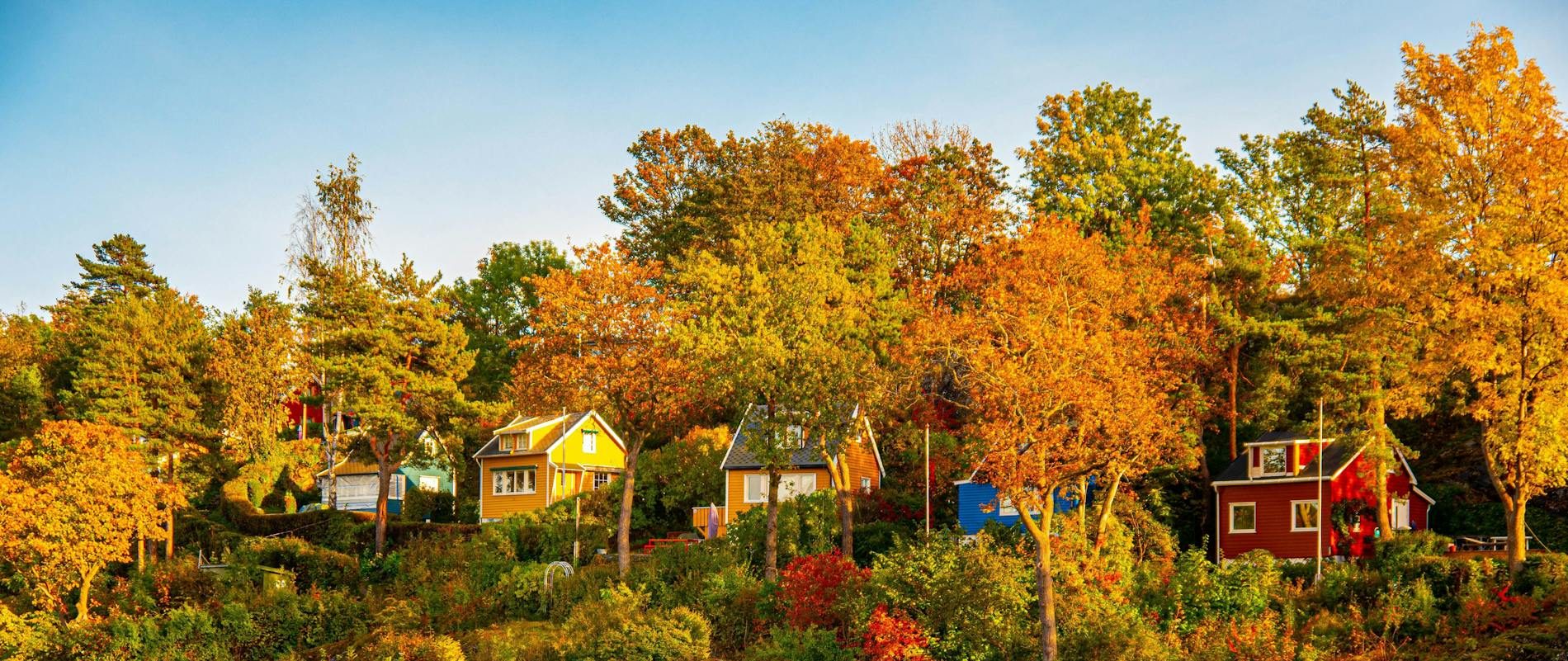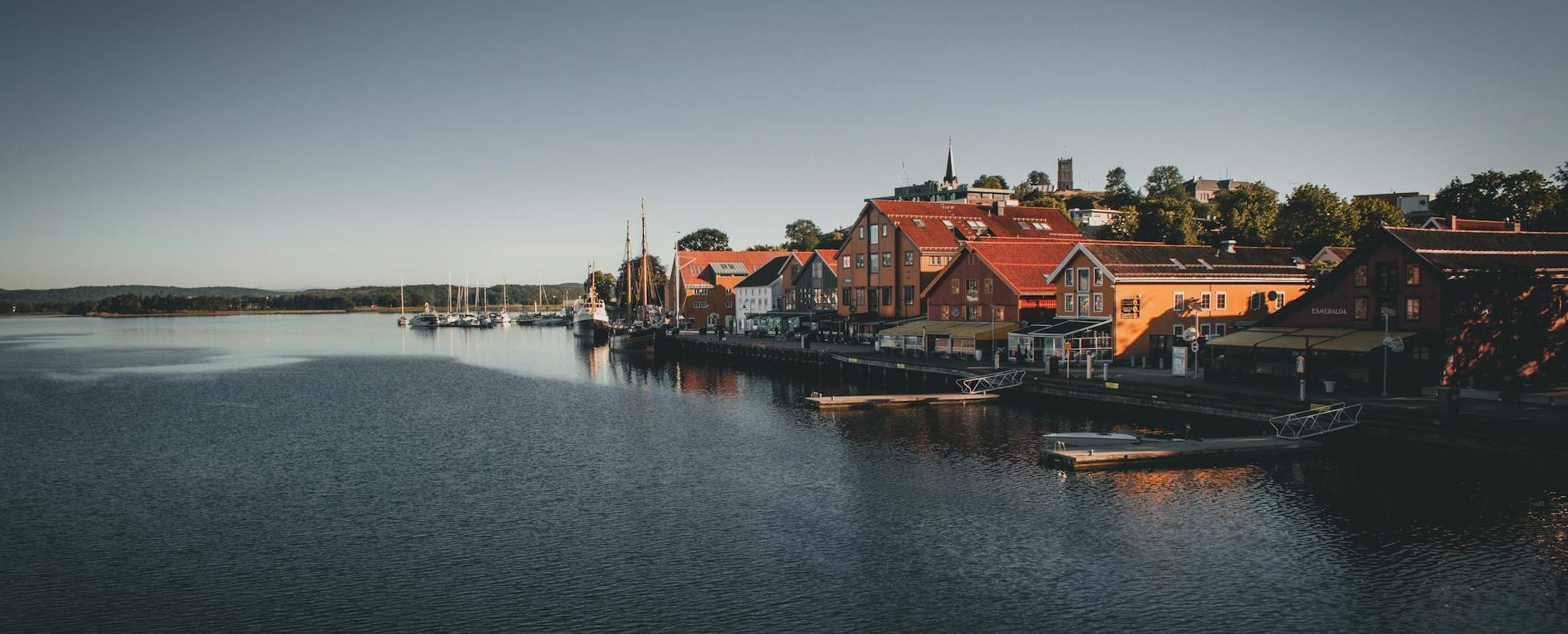
The Lofoten Islands have been populated for more than a thousand years. There, you can find the place that sheltered one of the most significant Viking houses revealed by archaeologists on the island of Vestvågøy. Nowadays, it has approximately 24,000 residents across several small towns and villages. Located as a perfect stage to see the Northern Lights, its stunning landscapes, unique culture and adventurous spirit, the islands attract individuals seeking a remote and picturesque lifestyle. But can you live in the Lofoten Islands? This guide explores the practical aspects of relocating to this Arctic paradise, offering advice and insights for potential expats.
Living in the Lofoten Islands is a unique experience characterised by breathtaking natural beauty and a close-knit community. It’s a family-oriented area with a good range of expats. People under 30 might feel a bit dull if you are the kind that enjoys the jittery aspects of main European cities. Residents enjoy hiking, fishing, and exploring the rugged coastline. However, remote location means limited access to some amenities, and the high cost of living can be a challenge, especially in terms of competitive housing prices. It’s always good to stress the necessity of having some cash for small establishments and remote areas. While card payments are widely accepted in Lofoten, keeping cash with you will facilitate your life. The currency is the Norwegian Krone (NOK). Speaking of money, be prepared: Lofoten is expensive. But if you think it through beforehand, it’s possible to accommodate your stay. Despite these factors, many find the lifestyle incredibly appealing.
You can move quickly within the six municipalities of Lofoten. There are buses, ferries, taxis or you can opt for a rented car. Some apps, such as “Reis”, assist you with buying tickets and itineraries. Schedules change slightly depending on the season, so is paramount to be attentive. A tip is to purchase tickets using the app because it’ll cost you much less. You can also check the “from-to” dates, best routes, and modes of transportation to where you need to go. The nearest airports in Lofoten are Leknes and Svolvær. There you can take small flights between the islands. If you must fly long distances, the Harstad/Narvik, in Evenes, and Bodø, in the city centre, are the right choices.
The Lofoten Islands stand out due to their dramatic scenery, incredible nature, and the famous Lofoten Wall, a row of steep mountains rising from the sea. The islands are also within the Arctic Circle. This location means the sun never sets for several weeks during summer, providing continuous daylight. Conversely, winter brings long nights, with only a few twilight hours each day. Offering phenomena like summer’s midnight sun and the winter’s northern lights. Here, you can have the best seat when we talk about viewing the Aurora. The Northern lights from Lofoten give a show like no other place. For the more adventurous, the pristine waters and stunning surroundings offer a unique swimming experience, but only to the ones dying to swim due to the cold water temperatures, which rarely rise above 15°C. Wearing proper wetsuits and getting advice from a specialised swimming instructor is recommended for the first time. What is certain is that this unique environment creates an appealing backdrop for both residents and tourists.
Norwegian is the primary language spoken in Lofoten. They also have their dialect, a variation of the Northern Norwegian dialect. While the local dialect may vary slightly, standard Norwegian (Bokmål) is widely understood and used in official contexts. Although it is known that English is commonly spoken in the Norwegian territory, especially by younger generations and those involved in the tourism industry, learning some basic Norwegian phrases can significantly enhance your experience and integration into the community, socially and professionally speaking and will undoubtedly be appreciated by locals.
The nearest city to the Lofoten Islands is Bodø, which serves as a gateway to the archipelago. From Bodø, you can take a ferry or flight to reach the islands. Bodø offers additional amenities and services unavailable in Lofoten, making it a valuable point of reference for residents.
For those considering moving to Lofoten, here are some practical steps and advice:
Living in the Lofoten Islands offers a unique and rewarding experience, combining natural beauty with a strong sense of community. With proper planning and the right support, making Lofoten your home can be a seamless transition. At VanOne International Movers, we specialise in making your move to Norway as easy as possible. Whether you’re relocating to the Lofoten Islands or another beautiful part of Norway, we handle every aspect of your move. From customs clearance to door-to-door delivery, our tailored services ensure your belongings are fully insured and safely transported. Trust VanOne for a hassle-free move to your new home.
 Why is Norway the Richest Country in the World?
Why is Norway the Richest Country in the World?Why is Norway the Richest Country in the World? Before the discovery of oil, Norway was not particularly…
 Explore Opportunities: Jobs in Norway for UK Citizens
Explore Opportunities: Jobs in Norway for UK CitizensExplore Opportunities: Jobs in Norway for UK Citizens Norway offers many job opportunities for UK citizens seeking a…
 Is Oslo a Safe City? Insights for Newcomers and Tourists
Is Oslo a Safe City? Insights for Newcomers and TouristsIs Oslo a Safe City? Insights for Newcomers and Tourists When considering relocating or travelling to a new…
 Norway’s Food and Drink Prices: A Comprehensive Guide
Norway’s Food and Drink Prices: A Comprehensive GuideNorway’s Food and Drink Prices: A Comprehensive Guide The Land of the Midnight Sun is filled with intriguing…